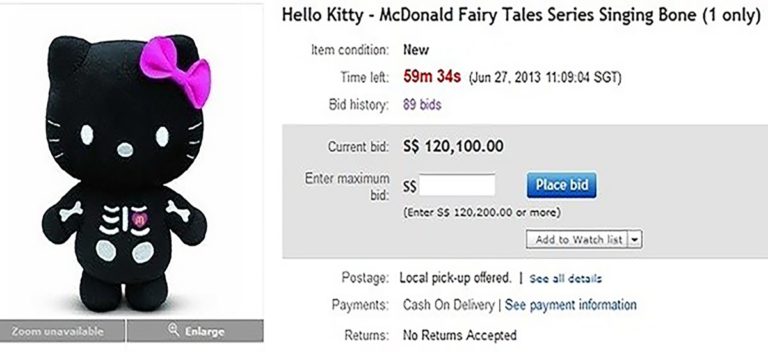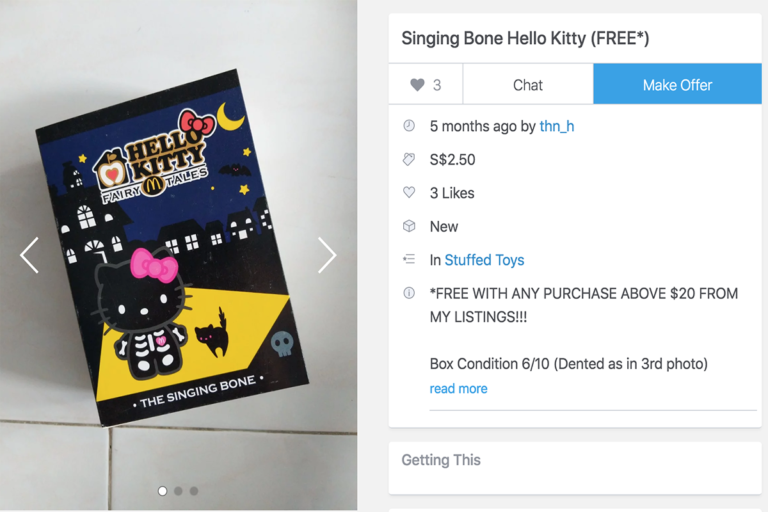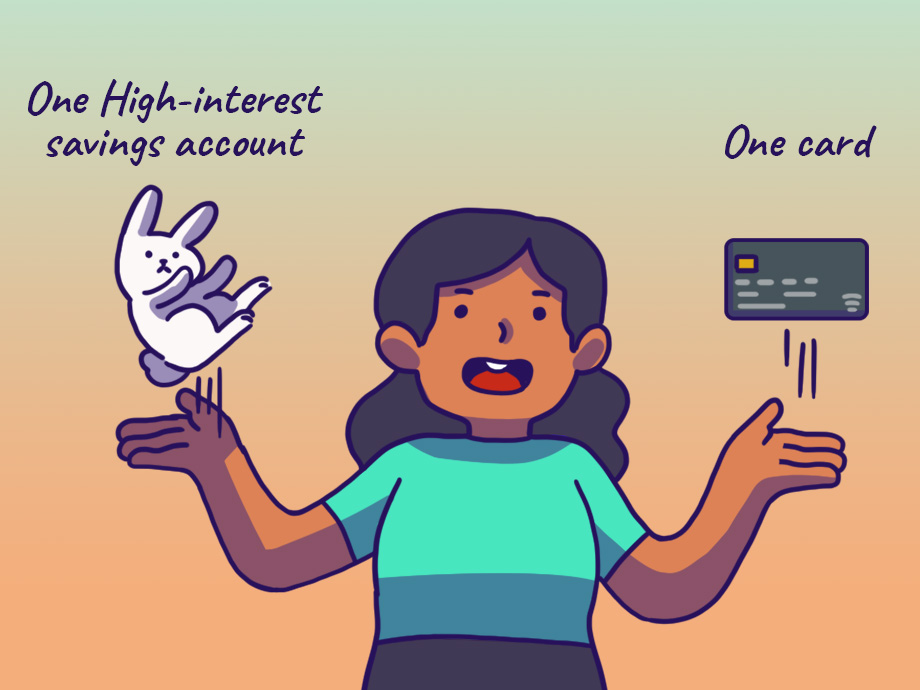That’s actually online profiling at work; online algorithms predict what you actually might purchase before you even search for it.
It has become common for companies to track and stalk your digital footprint so that they can predict and map out your interest, hoping that you would give into their advertisements after multiple exposures to it.
Most popular scenes for this crime? Facebook and Instagram.
Tip: Use social media and scroll through timelines consciously. Don’t blindly consume whatever’s thrown your way – and be sure of what you really lack and need at all times.
It might be tempting and convenient to purchase that sweet leather jacket because Facebook showed it to you, but don’t fall prey to targeted advertising. Self-control is key!
Now you know what’s up – are you prepared to put your endurance and mindfulness to the test?
Ignorance might be bliss, but that’s not always the case. As you venture out into a consumerist world, always be wary of what the price tag might do to you.
What other sales and marketing tactics deplete your wallet? Let us know and warn a friend!























